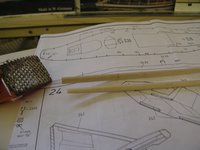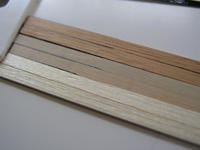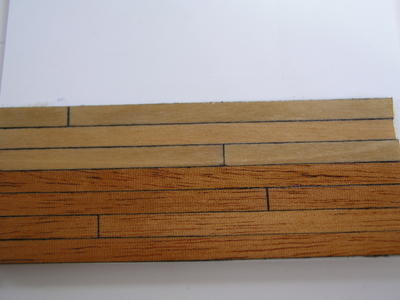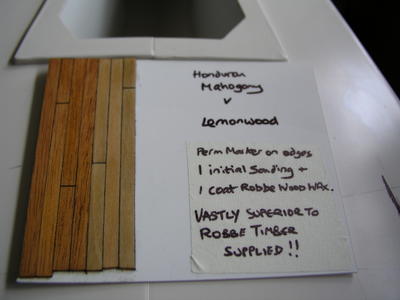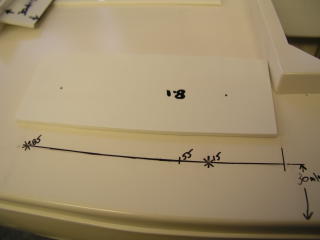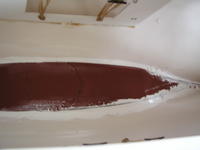FF ( Fast Forward)

Not much progress this week due to work & domestic "stuff".
While I am waiting for the deck timbers to arrive, I am "fast forwarding" to a few sub assemblies.
Actually leapt from section 8 to section 22 in the instructions !
Firstly the anchor winch assembly, this is a balsa block that needs shaping & sanding, then various small parts are added to complete the assembly.
Personally, I didn't like the look of the main balsa anchor housing, so I cladded it with very thin plasticard and filler as necessary, this gave me a much smoother finish. Sprayed with white primer it looks fit for purpose.. I haven't decided if I shall keep it white or paint another colour.
I have also made a start on the deck spinnakers..... these are shaped dowels that need further attention,in form of sanding to shape..... (Does seem a little odd to me, as one end of each dowel is already shaped, yet the other end the modeller has to do ?)
I used a "surform" tool to take off the bulk of the wood, before hand sanding to the final shape. This photo clearly shows the difference between the two ends !
